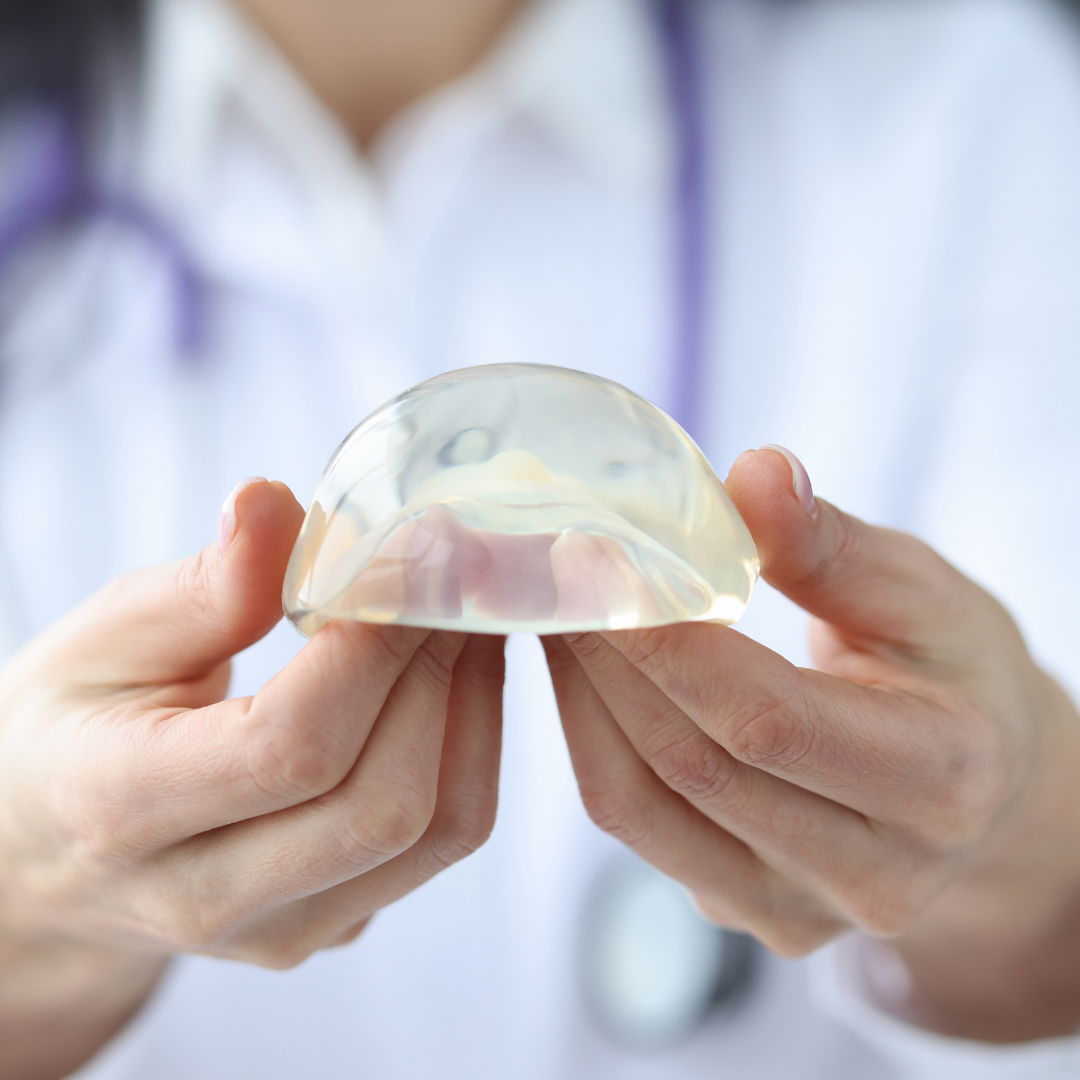The Role of Ultrasound in Breast Implant Rupture and Leak Detection

The FDA Recommends Breast Ultrasound Screening for Breast Implant Rupture and Leak Detection
Breast Ultrasound Screening plays an invaluable role in increasing early cancer detection, especially for women with dense breast tissue. But did you know that ultrasound can also detect breast implant ruptures and leaks? The truth is, sometimes there are no signs of an implant rupture. This is called a “silent rupture’ and may only be detected using an imaging tool, such as an ultrasound. Breast ultrasound screening provides a clear view of your implants and can see all the way past the chest wall, obtaining valuable insight into the health of your implant. Continue reading to discover why it is critical to add Breast Ultrasound Screening to your healthcare regimen, especially if you have undergone a breast augmentation.
What Causes Breast Implant Ruptures?
Implant rupture is a well-known complication post-surgery and is one of the main causes of implant removal. Breast implants typically have a lifespan of approximately ten years. However, this lifespan is variable to many different factors, including the age of the implant, trauma to the implant, damage by surgical instruments in the event of a biopsy, etc. The risk of an implant rupture increases over time. In some cases, implants may even need to be removed or replaced in as little as six years due to the risk of rupturing. Maintaining surveillance over the health of your implant is key as there is no definite answer to their longevity.
When a saline implant leaks, it happens quickly, over the course of a few days. A saline rupture is often detected due to the breast implant appearing deflated. If this occurs, the saltwater of the saline implant is then absorbed by your body.
There are many obvious reasons for concern about a silicone implant rupture.
Silicone implants have a shell made of silicone where a hole or rupture can occur. The silicone is made of a gel that will slowly leak out over time so it is often not immediately identified. Unlike saline implants, silicone gel is not absorbed into the body. Silicone gel can spread to other areas of the body in areas such as the lymph nodes and lungs, causing further complications. . There are many signs of a silicone breast implant rupture, including changes in breast shape/sizes, pain, sensitivity and swelling.
The Power of Breast Ultrasound Screening for Women with Implants
The Food and Drug Administration recommends that asymptomatic patients with breast implants undergo ultrasound screening beginning five to six years post surgery and two to three years after this period. They advise periodic imaging (e.g. ultrasound) of your silicone gel-filled breast implants to screen for implant rupture regardless of whether your implants are for cosmetic augmentation or reconstruction.
When screened via ultrasound, a normal implant will appear well-defined and homogenous. However, when an ultrasound is performed on a leaked or ruptured implant, the ultrasound imaging will display a snowstorm-like appearance.
Ultrasound is effective for detecting extracapsular ruptures (an implant rupture contained within the fibrous capsule) and intracapsular ruptures (when the implant shell ruptures but the fibrous capsule formed by the breast remains intact). There have been many studies to support this screening recommendation, such as a study from the Royal College of Radiologists in the U.K. This study found that breast ultrasound screening is 91% accurate in demonstrating an intact implant. This study concluded that the initial screening tool for breast implant rupture is ultrasound. If a rupture is detected, an MRI may be ordered by your healthcare provider.
Improve the surveillance of your implant health while taking advantage of the cancer detection benefits that Breast Ultrasound Screening offers. Breast ultrasound imaging uses sound waves to see inside your breasts to detect abnormalities and masses. In addition, breast ultrasound imaging also detects blood flow throughout the breasts. To see inside the body, a wand-like transducer glides over both breasts and the axilla (armpit) area in a repeated motion. A warm gel is applied to this area and then it is ready to be probed by the transducer. The transducer device is responsible for sending high-frequency sound waves through the breast tissue. The sound waves bounce back and forth through the body, creating an echo. The echo waves are then measured, producing the imaging that is viewed on a computer screen. A Radiologist interprets the internal structures of the breast and then determines the results after the screening is complete.
If you want to do more for your health, schedule a Breast Ultrasound Screening appointment with us. HerScan is a mobile breast screening service, meaning we travel all over the country to hundreds of different cities to hold our health events. Click here to schedule an appointment in your city today.
